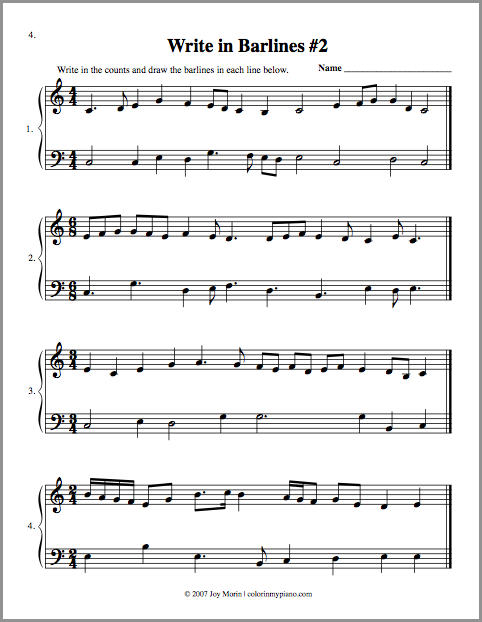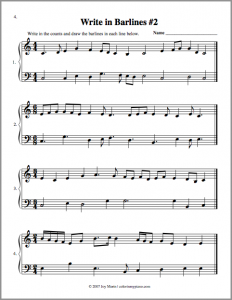A colleague of mine and I are planning to learn some four-handed piano music this summer, and perhaps do a whole recital together of just four-handed music in the fall semester. So I’ve been digging around on YouTube, looking for repertoire ideas. And I have couple of cool videos to share with you today:
httpv://www.youtube.com/watch?v=omuZF6oaCnw
What a great video to show students! Everything is so perfectly synchronized, and their playing is so beautifully expressive. They are AMAZING musicians.
Here’s another fine duo team. Perhaps the coolest thing about this video, however, is the piano they are playing on: a Pleyel Double Grand Piano! I’ve never seen anything like it!
httpv://www.youtube.com/watch?v=OjYfdB0CvSg
There are some important benefits of playing four-handed repertoire. Both players must be actively listening and communicating with each other — not only so that they are together beat-wise and so that the melody and accompaniment ideas are balanced, but also so that they are playing musically together: shaping phrases together, executing rubato together, and calling and responding to each other’s melodic motives. Developing these skills while working on four-handed repertoire can give a whole new perspective to solo piano repertoire! Besides — working on four-handed music can be a lot of fun! =)
Watching these videos looks like so much fun, I think I’m going to dig through the duet music on my shelf and find some duet pieces to assign to some of my students to work on over the summer too!




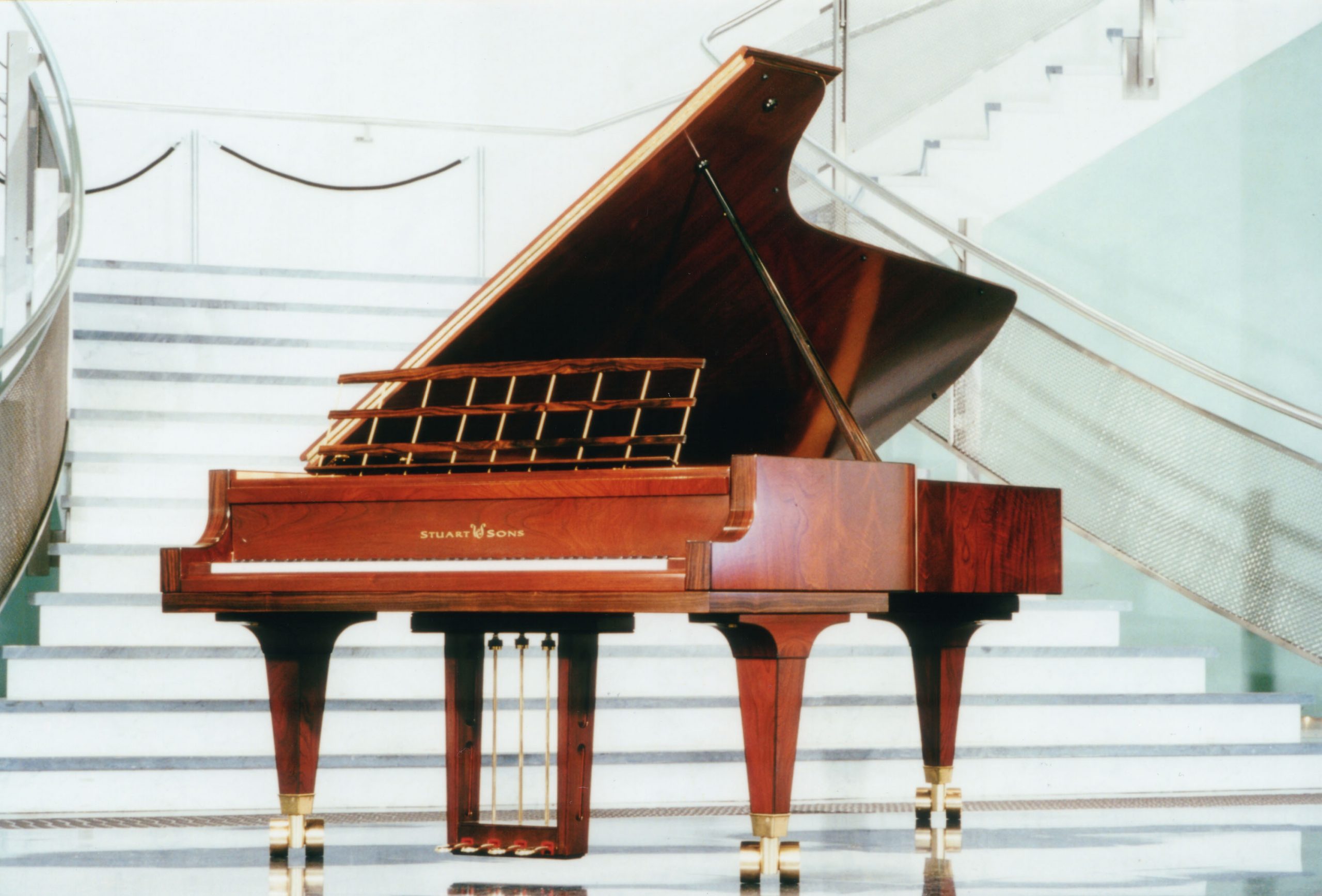
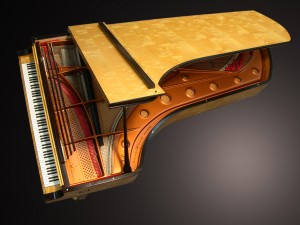 Stuart & Sons is a Australian-based company who build hand-crafted pianos. They are unique pianos for a number of reasons:
Stuart & Sons is a Australian-based company who build hand-crafted pianos. They are unique pianos for a number of reasons:

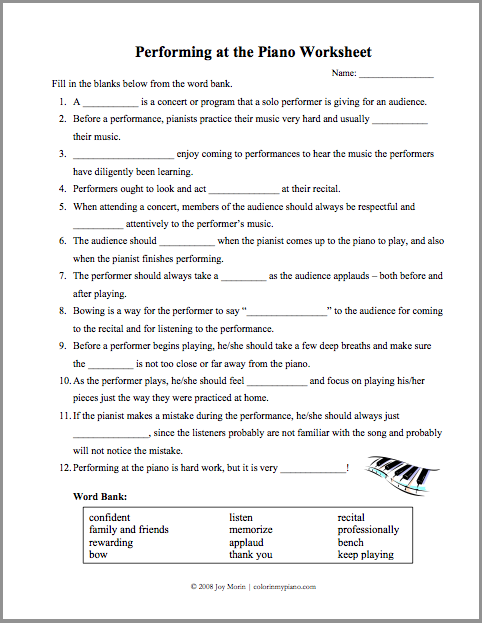
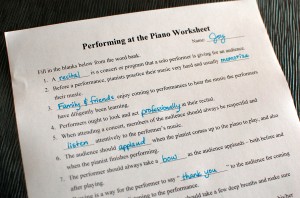 Just added: a new free, printable worksheet called:
Just added: a new free, printable worksheet called: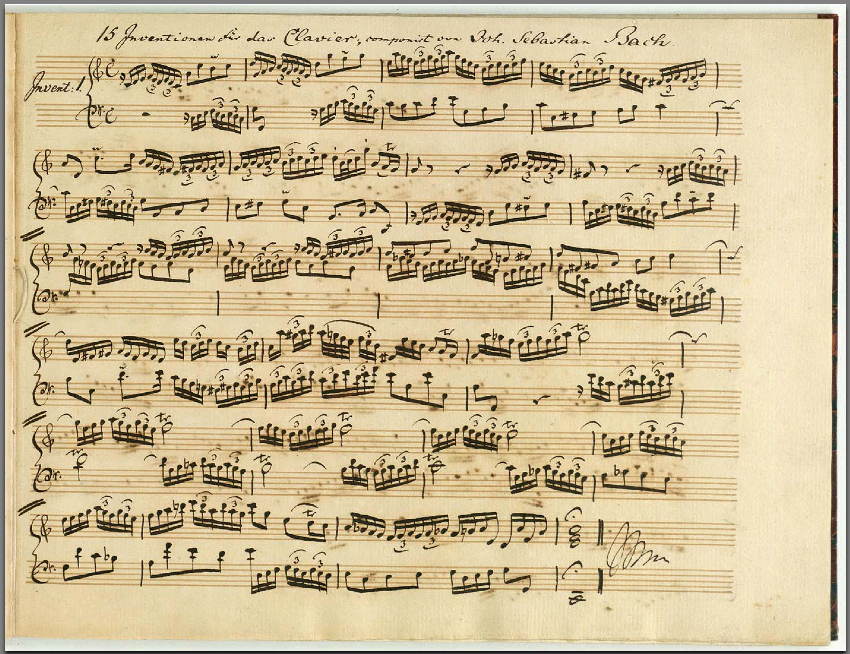
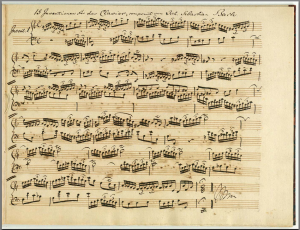 I just discovered these manuscript copies of Bach’s 2-part inventions over at the
I just discovered these manuscript copies of Bach’s 2-part inventions over at the 
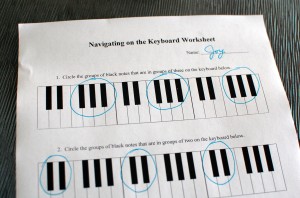 A new free worksheet has just been added to the Printables page: Navigating at the Keyboard.
A new free worksheet has just been added to the Printables page: Navigating at the Keyboard. 
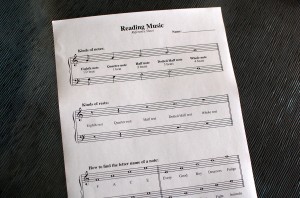 This free printable is a handy reference sheet to give out to students who are just learning to read musical notation from the staff.
This free printable is a handy reference sheet to give out to students who are just learning to read musical notation from the staff.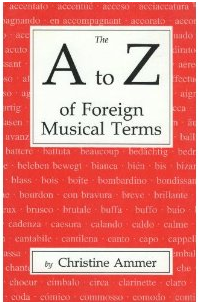
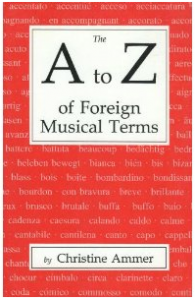 Book Review:
Book Review: